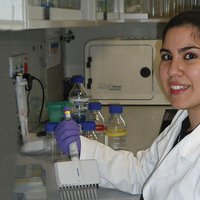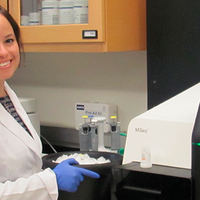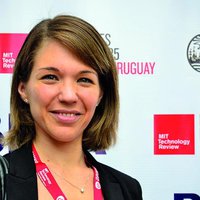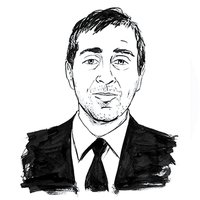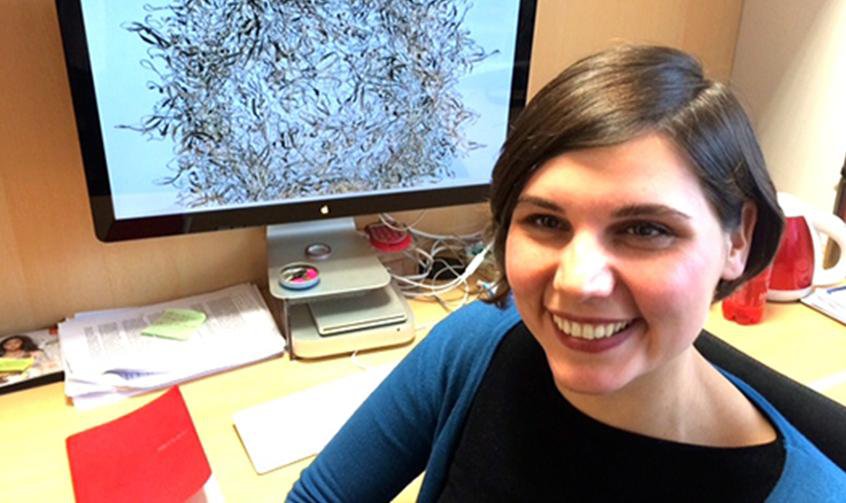"Fighting hereditary, genetic deficiencies causing blindness is what motivates Deniz Dalkara, a young molecular biologist with an impressive academic career that brought her from native Turkey, where she graduated, to the Vision Institute in Paris, a center of excellence in Gene Therapy, after significant stops at Louis Pasteur University for her PhD, and at the Max Planck Institute and the University of Berkeley for her postdoctoral studies.
The key aspects of her innovative methodology to restore degenerated areas of the retina with vision capabilities were detailed in her 2013 article on Science Translational Medicine. Dalkara targeted the photoreceptors, the neurons meant to transform light into the electrical signals sent to the brain (the core mechanism of vision). Genetic diseases – such as retinoschisis and Leber’s congenital amaurosis – cause these photoreceptors to gradually lose their capability and “die” without being replaced, which leads to blindness. Dalkara's goal was to use other genes to ''restore'' this capability.
Such genes are known in research, but how to insert them in the cells of such a delicate area of the human body? Traditional intervention – a kind of injection through the retina – is very risky and may cause additional damages to the retina. That's why Dalkara developed a methodology whereby the “good” genes are brought to the area by certain viruses known as AAV (adeno-associated viruses) which have the property of not causing any reaction by the human body, and act as a kind of ''biological messenger.’’ In fact, Dalkara created her own AAV variant, called 7M8, which can carry genes up to a certain size, namely 4.8 kilobases (the kilobase corresponds to one thousand nucleic bases, the components of DNA and RNA) to the photoreceptors. The first benefit is that the surgical intervention does not need to reach the back of the eye, behind the retina, but can take place at some distance from the target point, easier to operate on: once “parachuted” behind the enemy lines and with the “right to roam”, it is the virus who travels and reaches its target (the photoreceptors), to which it will transfer the beneficial genes which will restore its photoreceptive nature. The second benefit is that the transfer of “restorative” genes occurs on a larger area i.e. multiple photoreceptors rather than strictly where they would have been injected, which multiplies the effectiveness of the treatment.
Other genes, derived from microscopic algae, instead of restoring the lost capability of damaged photoreceptors, may even endow other types of neurons with photoreceptive capability. All these methods have been tested and proved effective on rats affected by the same diseases, and are now undergoing further clinical tests to decide on the application on human cases. Other diseases, such as the Usher syndrome and the Stargardt macular dystrophy, may be targeted through other AAVs, capable of carrying the bigger genes necessary to treat them. The next step for Dalkara in her quest to fight blindness."
